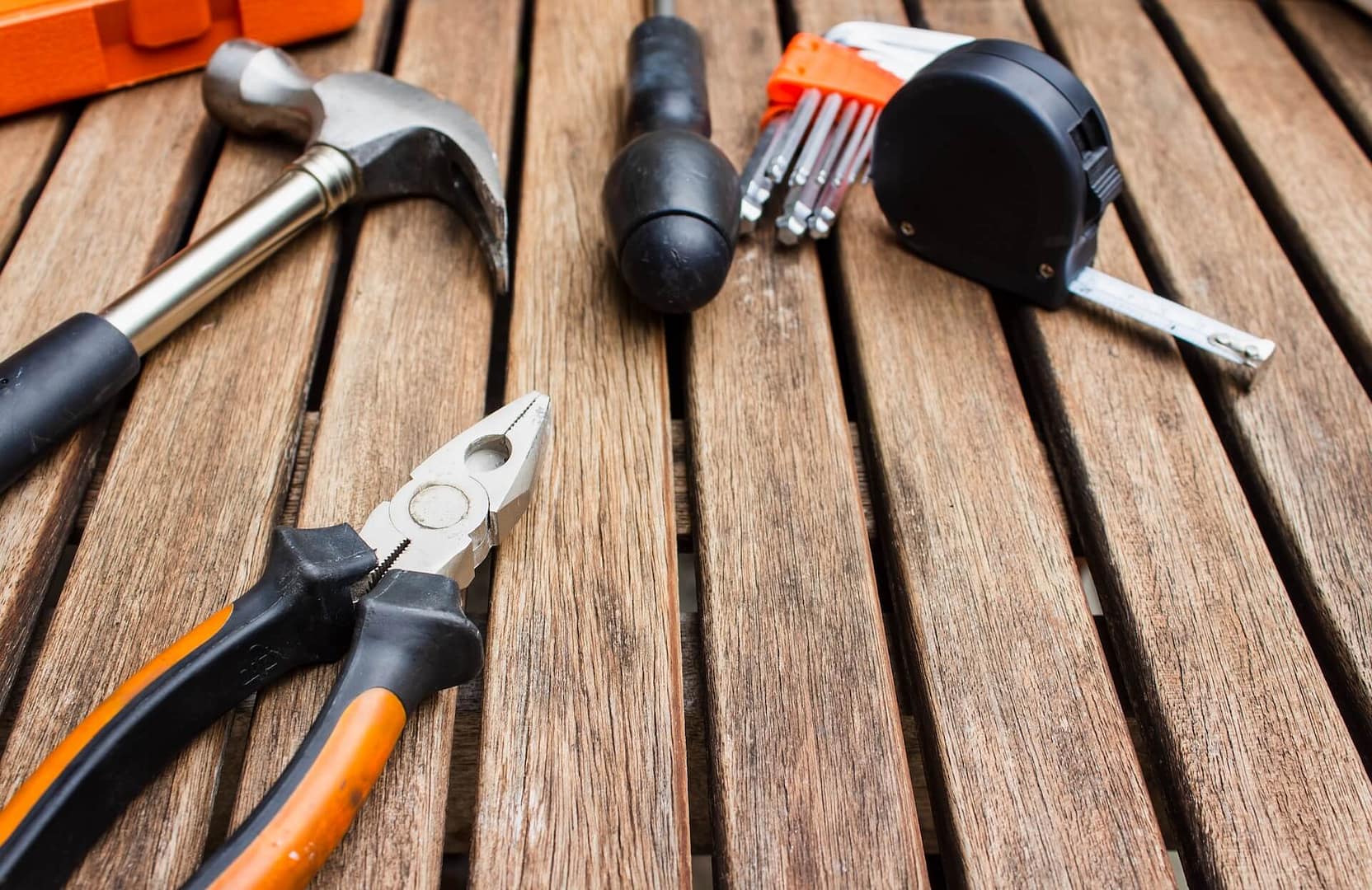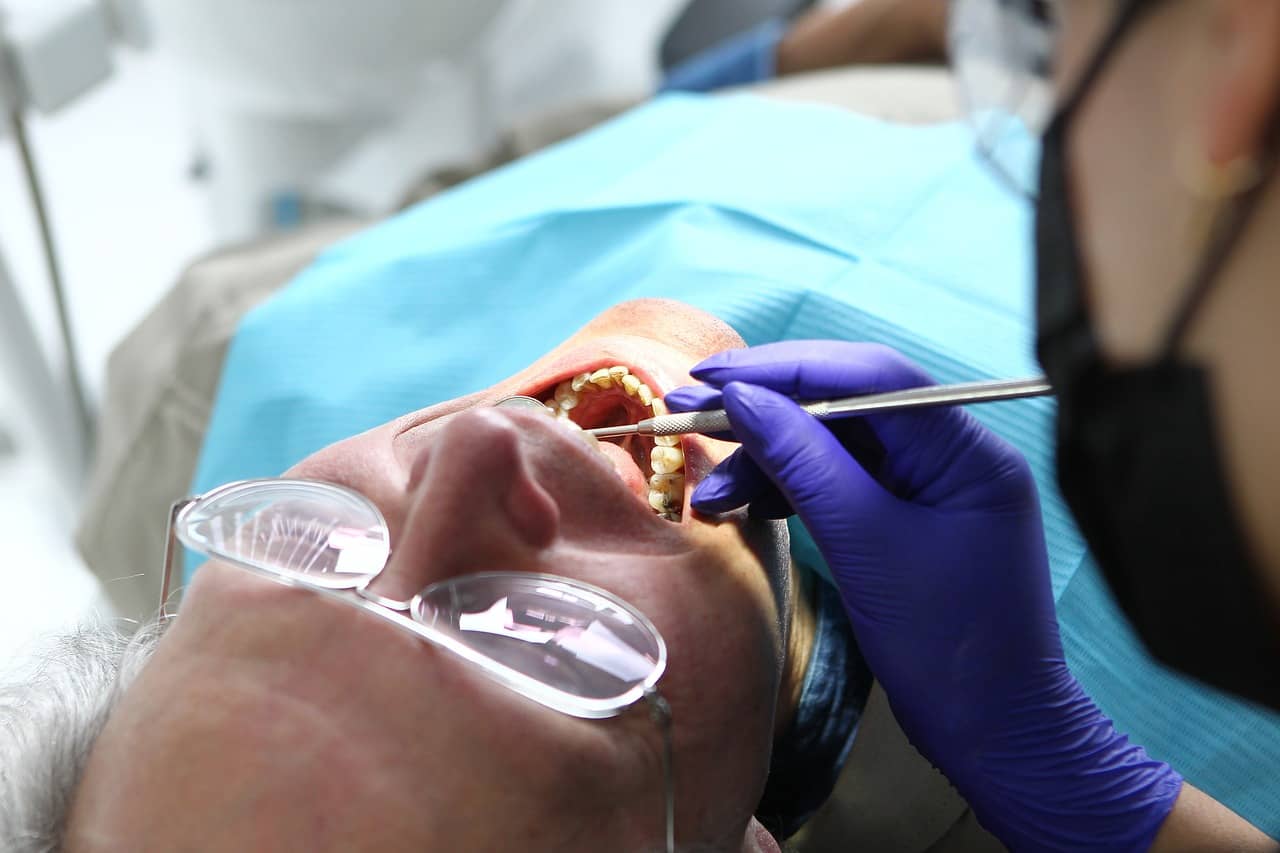In the bustling world of manufacturing, where precision and efficiency reign supreme, the safety of the workforce holds paramount importance. One key aspect that can significantly influence the safety of manufacturing environments is the safe handling of tools. The proper management of tools, from their maintenance to their operation, can greatly reduce the risk of injuries in manufacturing facilities. In this article, we’ll delve into the critical role of tool maintenance in injury prevention, as well as explore strategies to keep work accidents at bay in the manufacturing industry.
The Significance of Tool Maintenance
Tool maintenance is akin to the heartbeat of a manufacturing operation. Neglecting it can lead to dire consequences, including accidents and injuries. Let’s examine the profound effect of tool maintenance on reducing the risk of injuries.
Enhancing Tool Longevity
Maintaining tools isn’t just about safety; it’s also about preserving investments. Regular maintenance extends the life of tools, ensuring they remain effective and safe for use. Think of it as giving your trusty tools a longer lease on life, which can also save money in the long run.
Preventing Accidents
Now, consider a scenario where tools are poorly maintained. A wrench with a loose handle, a saw with a dull blade, or a power drill with a frayed cord can turn into potential hazards. Loose tools can slip from the hands of a worker, sharp blades can cause cuts, and damaged cords can lead to electrical accidents. Regular maintenance addresses these issues, preventing accidents before they even happen.
Ensuring Precision and Efficiency
In manufacturing, precision and efficiency go hand in hand. Well-maintained tools perform at their best, ensuring that tasks are completed accurately and efficiently. In contrast, damaged or ill-maintained tools can lead to errors, rework, and, ultimately, wasted time and resources.
Reducing Downtime
Tool breakdowns are not only a safety concern but also a significant source of downtime in manufacturing. When a tool fails due to lack of maintenance, it disrupts the entire workflow. This downtime can have a cascading effect on production schedules, leading to missed deadlines and financial losses. Proper maintenance helps minimise these costly disruptions.
Preventing Accidents in Manufacturing
The old saying goes, “An ounce of prevention is worth a pound of cure.” In the manufacturing industry, this adage rings particularly true when it comes to accident prevention. Let’s explore some strategies to keep accidents at bay.
Comprehensive Training
Knowledge is power, and it can be the difference between a safe working environment and a hazardous one. Ensuring that every member of the workforce receives comprehensive training on the safe handling of tools is the foundation of accident prevention. This training should cover not only the proper operation of tools but also their maintenance and inspection.
Regular Tool Inspections
Routine inspections are vital to identifying potential hazards before they escalate into accidents. Workers should be encouraged to inspect their tools before each use, checking for loose parts, damaged cords, and any signs of wear and tear. These inspections act as a first line of defence against accidents.
Proper Storage and Organisation
A cluttered workspace can easily lead to accidents. Ensuring that tools are stored in an organised and designated manner prevents tripping hazards and the mishandling of tools. Each tool should have its place, making it easy for workers to locate and return them safely.
Personal Protective Equipment (PPE)
In manufacturing, the use of personal protective equipment is a non-negotiable element of accident prevention. This includes items like safety goggles, gloves, ear protection, and more. Employers should ensure that all workers have access to the necessary PPE and that they wear it consistently.
Mandatory Reporting of Tool Issues
To maintain a culture of safety, it is imperative to have a system in place for workers to report tool issues. Whether it’s a loose screw or a frayed cord, reporting these problems promptly can prevent accidents. It is essential for workers to feel comfortable bringing up concerns without fear of reprisal.
Regular Tool Maintenance Schedule
Creating a schedule for tool maintenance is crucial. This should include routine checks, cleaning, and scheduled maintenance activities. Having a proactive approach to maintenance ensures that tools are in their best possible condition at all times.
Emergency Response Training
While prevention is the primary focus, it’s also essential to prepare for the worst-case scenario. Workers should receive training on how to respond to accidents or injuries. This includes knowing the location of first aid kits, emergency exits, and how to administer basic first aid.
Continuous Improvement
Accident prevention is an ongoing process. Regularly reviewing and improving safety protocols is vital to staying ahead of potential risks. Encourage feedback from the workforce and regularly assess accident data to identify patterns and areas for improvement.
Lessons from the UK
The United Kingdom is renowned for its strong emphasis on workplace safety, and it offers valuable insights into reducing workplace injuries in the manufacturing sector. One noteworthy initiative is the “Health and Safety Executive” (HSE), a government agency responsible for enforcing health and safety regulations in workplaces.
HSE works closely with manufacturing industries to develop and implement safety standards. These standards cover everything from safe tool handling to ergonomic workplace design. The agency conducts regular inspections and offers guidance to employers on safety practices, helping to reduce the incidence of workplace injuries.
Moreover, the UK manufacturing industry has embraced a safety culture that prioritises worker well-being. This culture includes open communication between workers and management, comprehensive training programs, and a commitment to continuous improvement. The “Safety First” mindset has significantly contributed to the reduction of workplace injuries in the UK’s manufacturing sector.
Making an Accident at Work Claim with National Claims
Accidents at work can happen despite the best safety measures. When such unfortunate incidents occur, workers must know their rights and have access to the support they need. National Claims, a leading authority in the field of workplace accident claims, is here to guide you through the claims process.
Understanding Your Rights
If you’ve suffered an injury at work due to a tool-related accident, you have rights. National Claims can help you understand your entitlements, whether it involves medical expenses, lost wages, or compensation for pain and suffering.
Documenting the Incident
Proper documentation is essential when making a workplace accident claim. National Claims will assist you in gathering evidence, witness statements, and medical records to build a strong case on your behalf.
Communication with Employers
National Claims can act as your intermediary with your employer or their insurance company. We will ensure that your interests are protected and that you receive the compensation you deserve.
Legal Expertise
Our team of experienced legal professionals will work tirelessly to advocate for your rights. With our expertise, you can navigate the legal process with confidence, knowing that you have a dedicated ally by your side.

Conclusion
In your own manufacturing facility, remember that safety is not just a legal requirement; it’s a moral obligation. Implementing robust safety practices, investing in worker training, and maintaining tools diligently are the building blocks of a safe and productive manufacturing environment. By following these principles, you can reduce the risk of injuries and create a workplace where every employee feels secure and valued.
Accidents at work can still happen despite all precautions, but with the right support and knowledge, individuals can secure the compensation they deserve. National Claims stands ready to assist workers who have suffered workplace injuries. Together, we can ensure that safety remains a top priority in the manufacturing industry, while also protecting the rights and well-being of workers.
Contact us today to start your claim with the help of one of our knowledgeable claims specialists.
Click below to see why we are one of the most trusted claims management companies in the UK.

We’re proud of our excellent customer reviews
We thrive on delivering exceptional service and ensuring our clients’ satisfaction. Don’t just take our word for it. Check out some of our independent reviews to see what our clients have to say.
Excellent

This firm is excellent, they sorted out my car pay out and injury claim very fast, they always communicate with you all the time.

My accident case was dealt with confidence and with great result of the outcome, especially James kept me informed all the time.

I was very impressed at the way my inquiry was treated. I was listened to attentively and everything I needed to know was explained to me.






